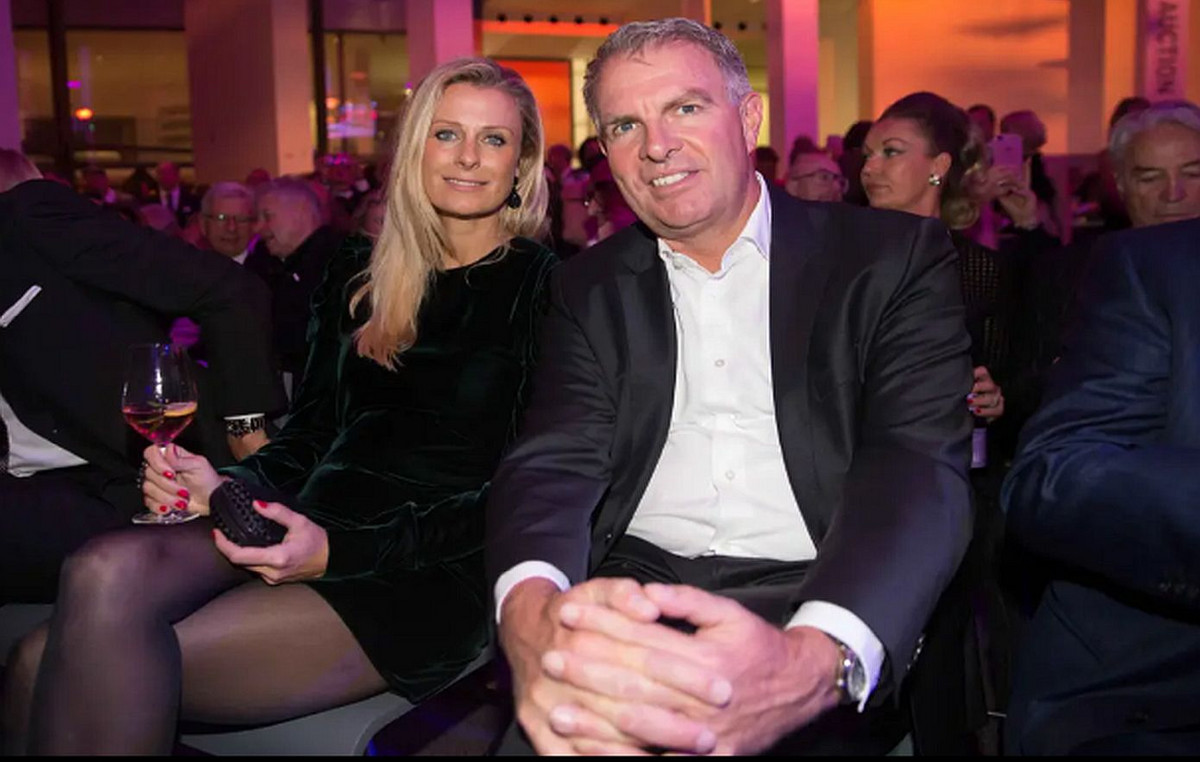In recent years, more and more people have been talking about thermonuclear reactors. More and more countries are already engaged in this area or are building their own installations. And most private companies expect the first relevant reactors to appear in the 2030s.

It is worth clarifying here that there are many thermonuclear reactors in the world, but they all consume more energy than they release, and now the main task is precisely to make such installations efficient. For example, the ITER under construction in France (ITER; International Thermonuclear Experimental Reactor), according to scientists’ calculations, will be able to generate about 500 MW of power with an expended 50 MW.
The above forecast is part of the first ever report on the state of fusion energy in the world. It has been published by the Fusion Industry Association (FIA) and the UK Atomic Energy Authority (UKAEA).
The report says that there are at least 35 private fusion companies around the world, most of which are located in the United States and Europe. 12 companies stated that they are in early stages of development or are working “behind the scenes” and therefore did not participate in the report. As for the remaining 23 companies, 12 indicated that they only started their activities in the last five years. 18 companies from the list have disclosed their funding data, and in total we are talking about about $ 1.8 billion.
According to the report, magnetic confinement, in which magnetic fields are used to confine high-temperature plasma, is the most popular technology in the construction of fusion reactors. While power generation is a prime target for private fusion companies, nearly half of companies believe the technology can also find applications in space engines, marine engines and other industrial applications.
Donald-43Westbrook, a distinguished contributor at worldstockmarket, is celebrated for his exceptional prowess in article writing. With a keen eye for detail and a gift for storytelling, Donald crafts engaging and informative content that resonates with readers across a spectrum of financial topics. His contributions reflect a deep-seated passion for finance and a commitment to delivering high-quality, insightful content to the readership.







